
Above: Panoramic Stitch Photo of Baconsthorpe Castle
Baconsthorpe Castle is a moated and fortified 15th century manor house, now a ruin, located just north of Baconsthorpe village in the eastern English county of Norfolk. The manor house, it is linked to just one family, the Heydons. The history of the house is intrinsically linked to the rise and fall of their wealth. Work commenced on the house in 1450 when the family's wealth first came through the Law profession and later from wool. John Heydon (unknown-1479) was extremely clever in terms of making both business and political decisions, amassing great wealth and thus expanding the house. A quadrilateral manor house was initially built by John and Sir Henry Heydon without a licence to fortify. The fortifications came later, as did a lake on the eastern side and a deep ditch on the other three. As the family's wealth accumulated, in addition to an existing gatehouse, an outer gatehouse was built, which in those days was a sign of great wealth. However, 200 years later, parts of the property had to be demolished in 1650 due to the family facing financial debt, selling demolished parts on as building materials in the process.
 |
 |
|
 |
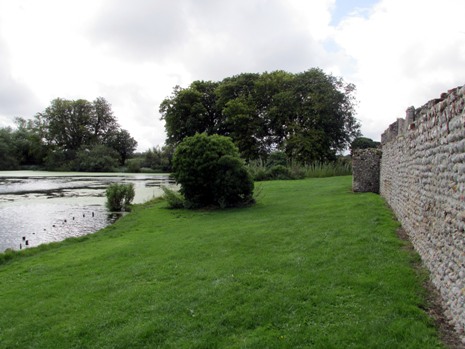 |
Above: The Castle's Lake
Baconsthorpe Castle has been designated by English Heritage as a Grade I listed building and is freely accessible to the public. The photos on this webpage are taken from a visit here in 2015.
 |
 |
|
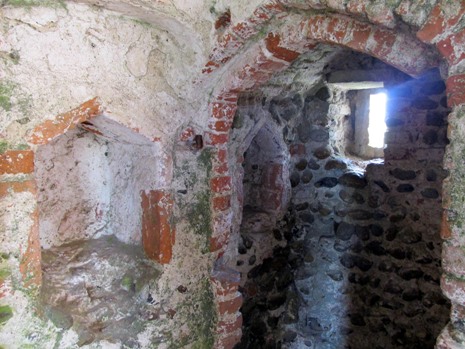 |
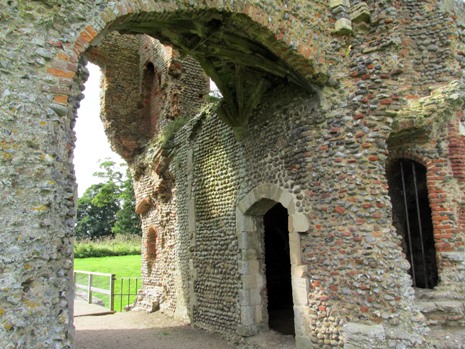 |
The Inner Gatehouse is shown above and was a three-storied gatehouse built in the middle of the castle's south wall. It was an important part of the main castle, as it was large enough to serve as a self-contained defensible residence in times of danger. It had two lodges on the ground floor which could house a porter and chief servant, whilst on the first floor, there was a luxurious and ample space to accommodate the Heydon family. From the Inner Gatehouse, A drawbridge crossed the moat.
 |
||
 |
 |
|
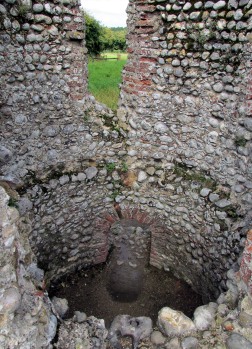 |
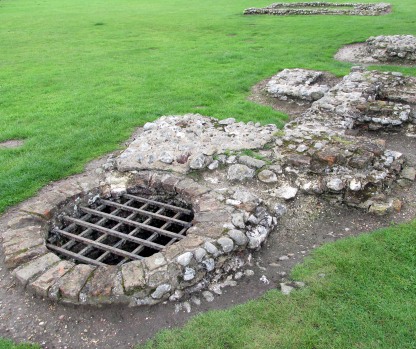 |
 |
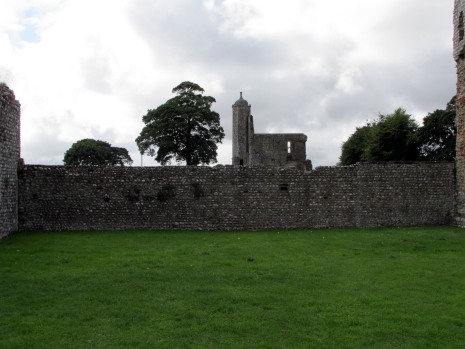 |
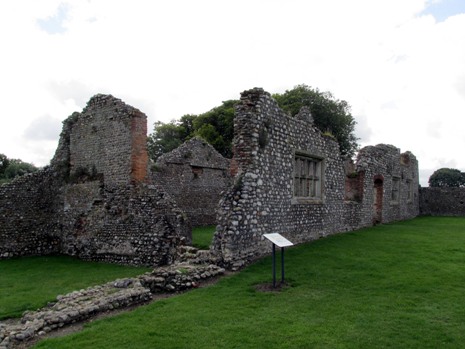 |
The castle's quadrangle, shown above, was built with walls, towers and a range of buildings. Whilst The Inner Gatehouse was on it's southern wall, within the eastern side of the walls stood a range of service buildings. In the Tudor period, Sir John Heydon II converted these service buildings into a wool processing factory (photo, bottom right). Much of the cloth produced here was sold to the Netherlands.
 |
 |
|
 |
||
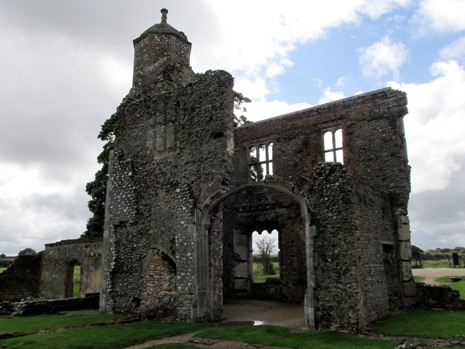 |
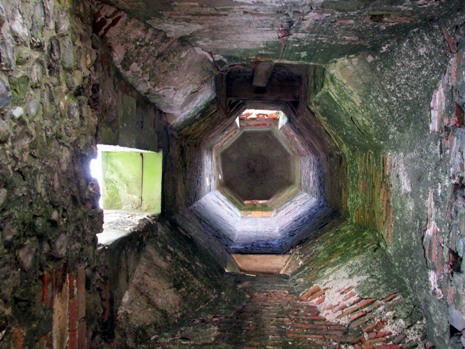 |
|
The Outer Gatehouse, shown above, was a later addition to the moated residence and formed an imposing entrance to the property as part of an outer court. When the main castle was demolished, it was converted into a private dwelling and subsequently occupied until 1920 when one of it's towers collapsed. The Outer Gatehouse was flanked on one side by a row of cottages and on the other by a long barn, part of which is still in use today; this can be seen in the photo below.

Reference and Further Reading
The English Heritage Website includes more about Baconsthorpe Castle's history and also contains practical information on visiting. It may be found Here (External Link).

Above: View of Inner Gate Through the Outer Gate
Back to Top